Mooring chocks are required for the secure and successful mooring of vessels, preventing the vessel from drifting, shifting, or causing damage to the vessel and its surroundings.
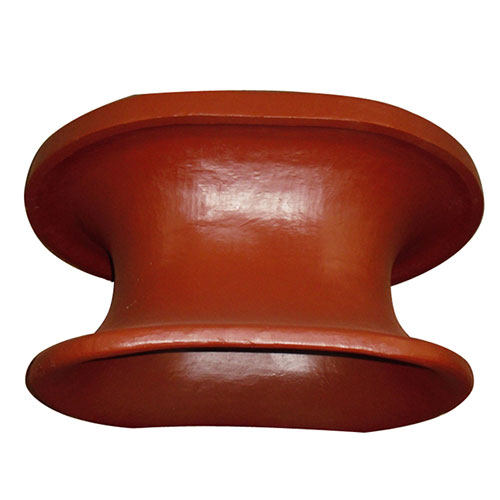
Marine mooring chocks of various varieties are used to keep vessels in place during various nautical operations.
Roller Chock
The rollers on this mooring chock allow for smooth movement of mooring lines, reducing friction and line damage. Roller chocks are commonly used on ships with longer mooring lines, and they provide flexibility in mooring configurations.
Closed Chock
Closed chocks have a closed circular or oval shape with a small aperture that allows mooring lines to go in a safe and constrained path. They prevent mooring line release by accident and are suitable for yachts with smaller mooring lines and limited space.
Open Chock
Open chocks have an open U-shape or V-shape with larger openings, making mooring line installation and removal easier. They provide for greater mooring arrangement and line angle flexibility and are often used in vessels with larger mooring lines and a broad deck area.
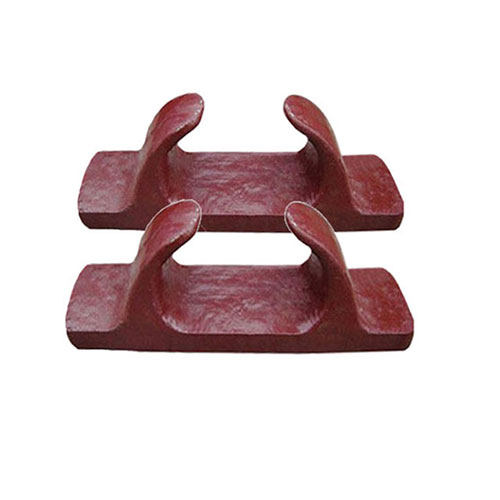
Bitt Chock
Bitt chocks are a cross between roller chocks and closed/open chocks. They have a roller on top and a closed or open shape below, allowing for smooth movement and secure mooring line closure. Bitt chocks are widely used in ports and harbours to secure the mooring of vessels with different mooring line sizes and deck area constraints.
Panama Chock
Panama chocks have a curved form with a larger aperture that allows mooring lines to run in a wide, smooth path. They are frequently used in offshore and heavy-duty mooring operations and are suitable for vessels with longer mooring lines and bigger loads.
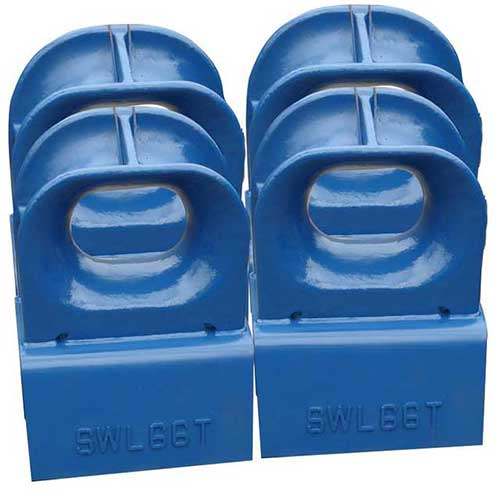
T-Head Chock
T-head chocks are T-shaped with openings on the top and sides for mooring lines to pass through. They are widely used in shipyards, dry docks, and marine construction projects and are suitable for vessels with complex mooring systems.
Chock with Hinged Chock
Hinged Chock
Hinged chocks have a hinged mechanism that allows the chock to move and hence accommodate varied mooring angles. They are suitable for vessels with changing mooring conditions and are frequently used in floating docks, offshore facilities, and other dynamic mooring situations.
Marine Mooring Chock Design and Construction
The design and construction of marine mooring chocks are critical to guaranteeing their efficiency and longevity in securing vessels during mooring operations.
Material choice
1. Choosing marine-appropriate materials (e.g., stainless steel, cast steel, ductile iron)
2. Ensuring materials are corrosion, wear, and fatigue resistant.
3. Compliance with applicable industry standards and regulations for marine-related materials.
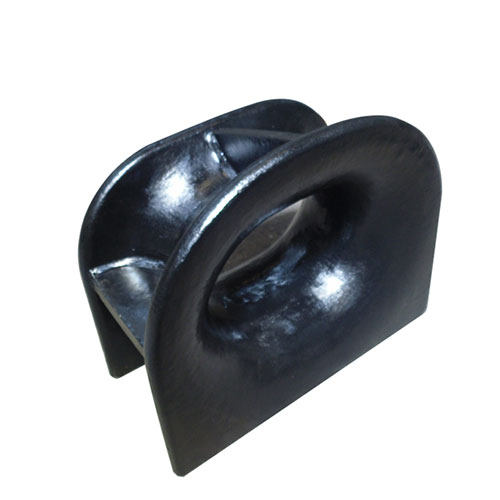
Considerations for Design
1. Selecting the most appropriate type of mooring chock for the vessel and application.
2. Considering vessel size, type, and mooring line properties (e.g., diameter, breaking strength).
3. Calculate loads and forces on the mooring chock during mooring operations. (For example, static and dynamic loads).
4 Incorporating safety measures to maintain structural integrity and prevent overloading.
5. Considering environmental factors (such as wave loads and tidal currents), as well as site-specific concerns.
6. Include relevant elements such as rollers, hinges, and openings according on the design requirements.
Fabrication and construction
1. Making use of tried-and-true fabrication and production procedures for marine mooring chocks.
2. Using proper welding and fabrication techniques to achieve the desired structural integrity.
3. Throughout the fabrication process, thorough inspections and quality control are performed.
4. Coating the mooring chocks to protect them from corrosion and wear.
5. Carrying out load testing and certification to ensure the performance of the mooring chocks.
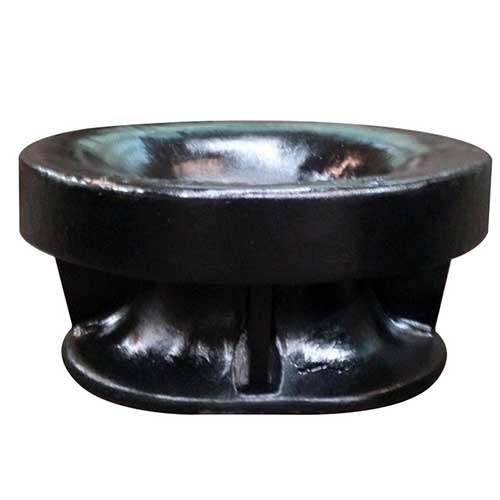
Advantages of Marine Mooring Chock
Mooring chocks are required for safe and efficient vessel mooring operations.
1. Mooring line securing
Marine mooring chocks are used to hold mooring lines, ropes, or wires from vessels to permanent or floating structures such piers, jetties, docks, buoys, and mooring bollards.
2. Distribution of load
Mooring chocks distribute the weights generated by vessels during mooring operations, reducing stress and strain on mooring lines and preventing vessel and mooring structure damage.
3. Aiding in friction and stability
Mooring chocks provide friction to prevent mooring lines from slipping or sliding, hence increasing vessel stability and reducing inadvertent vessel movements.
4. Increasing safety
Properly built and fitted marine mooring chocks help to the safety of mooring operations by preventing accidents, injuries, and damages caused by uncontrolled vessel movements. They ensure that mooring lines are securely held in place, lowering the possibility of line failure or disconnection when the vessel is moored.
5. Improving the efficiency of anchoring processes
Marine mooring chocks enable for smooth and controlled mooring operations, allowing vessels to be held in place safely and efficiently under a variety of environmental and operating situations.
6. Increasing operational efficiency
Marine mooring chocks increase the efficiency of mooring operations by allowing vessels to be quickly and securely moored in place. This lowers downtime, delays in departure and arrival, and improves the overall operational efficiency of marine vessels.
7.Safeguarding the vessel and the mooring structure
Mooring chocks distribute weights and protect mooring lines from overstress, protecting both the vessel and the mooring structure from potential damage caused by high winds. This extends the life of both the vessel and the mooring structure, reducing repair and replacement costs.
8. Providing adaptability
Mooring chocks are available in a number of shapes, sizes, and combinations, making them versatile and adaptable to a wide range of boats, mooring configurations, and environmental conditions. This increases mooring adaptability, allowing for a greater range of vessel sizes, types, and mooring requirements.
9. Improving the efficiency of anchoring processes
Marine mooring chocks enable for smooth and controlled mooring operations, allowing vessels to be held in place safely and efficiently under a variety of environmental and operating situations.






Comments (0)